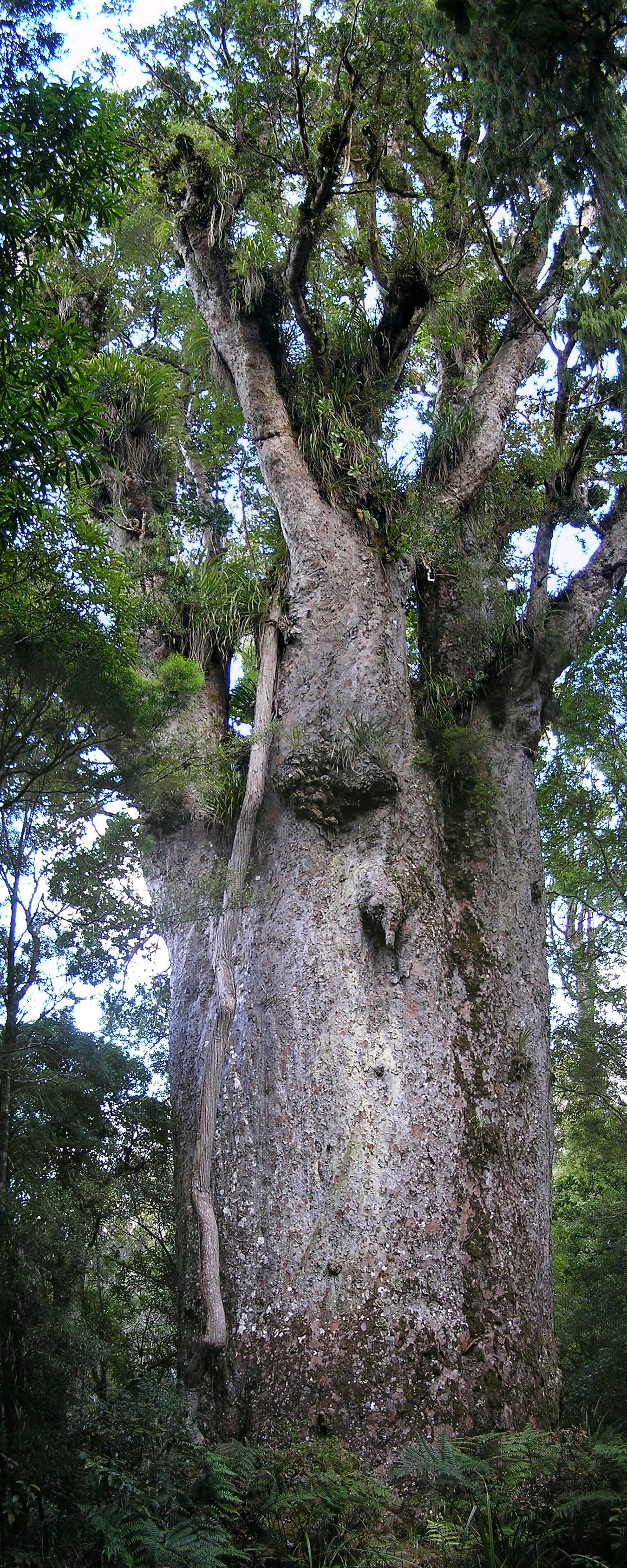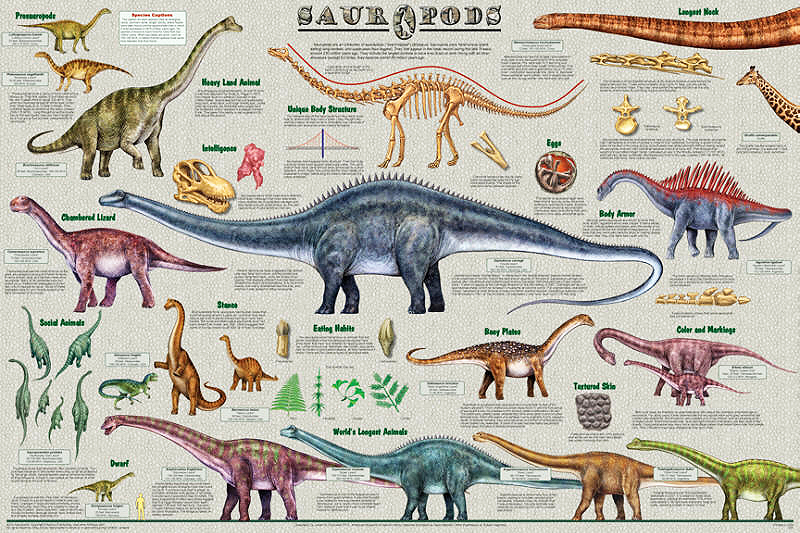You are using an out of date browser. It may not display this or other websites correctly.
You should upgrade or use an alternative browser.
You should upgrade or use an alternative browser.
Do you know your dinosaur history?
- Thread starter mortuus est
- Start date
More options
Who Replied?mortuus est
Veteran
i believe they existed
i think the size difference had to do with more oxygen in the atmosphere which allowed for larger creatures.
lol idk about all that
but lets be honest, from dinosaur to caveman, they wanna shy away from the fact that the black man was the first being on earth
not to mention the billions they've generated from some "bones"... capitalist dream
Kings County
Law III | Law XXV | Law XV
u serious ?they never existed
more whiteman tricks
why would the white man try to trick u into believing in dinosaurs when they want u to believe inc Christianity make up your mind
The age of the reptile
this idea changed a few decades ago ... it turns out, dinosaurs are actually more related to... birds

Dr. Sebi Jr.
Trust Me
why would the white man try to trick u into believing in dinosaurs when they want u to believe inc Christianity make up your mind

Kings County
Law III | Law XXV | Law XV
thats photoshop ... idk ?
Digga38
The seperation between what's fake and what's real
explain if u dont mindi think the size difference had to do with more oxygen in the atmosphere which allowed for larger creatures.
mortuus est
Veteran
i think the size difference had to do with more oxygen in the atmosphere which allowed for larger creatures.
hmmmmmm
if the meteor did hit earth (not saying it didnt) and earth started dying cause the systems were being fuked with for so long its pretty amazing how the dino's came back looking different
u serious ?
why would the white man try to trick u into believing in dinosaurs when they want u to believe inc Christianity make up your mind
but lets be honest, from dinosaur to caveman, they wanna shy away from the fact that the black man was the first being on earth
Paying black people their dues? we know thats beyond them. two birds with one stone
as I already stated, capitalist agenda
Pawn
well, sh!t..
i think the size difference had to do with more oxygen in the atmosphere which allowed for larger creatures.
Exactly, as well as the level of carbon dioxide in the atmosphere during the Jurassic Period allowing for huge trees,
Sequoiadendron

Araucariaceae






Araucariaceae




Extant conifer families that flourished during the Jurassic included the Araucariaceae, Cephalotaxaceae, Pinaceae, Podocarpaceae, Taxaceae and Taxodiaceae.[24] The extinct Mesozoic conifer familyCheirolepidiaceae dominated low latitude vegetation, as did the shrubby Bennettitales.[25]Cycads were also common, as were ginkgos and dikksoniaceous tree ferns in the forest.
gigantic mothafukkas brehs. During the TriASSic period the Pangaea climate was mostly dry, and desert like... Discovered mostly from ice core samples, “typically removed from an ice sheet, most commonly from the polar ice caps of Antarctica, Greenland or from high mountain glaciers elsewhere.” (wiki-ice core brehs….BAM!)
The Jurassic Period was a time of volcanic eruptions. Volcanoes send large amounts of materials into the atmosphere, including carbon dioxide. An explanation for the high levels of carbon dioxide involves numerous volcanic eruptions. These eruptions would have been much more intense and frequent than today's volcanoes. Over an extended period of time, this would explain the high levels of CO2.
Read more: http://www.ehow.com/info_8663650_carbon-dioxide-levels-jurassic-period.html#ixzz2x0lZjQ1e
The amount of carbon dioxide, or CO2, in the earth's atmosphere has fluctuated over the history of the planet, according to a chart published by the U.S. Environmental Protection Agency, or EPA, which shows the levels over the last almost 650,000 years. Scientists measure CO2 in parts per million, or ppm. As of 2006, the earth's atmosphere contains approximately 382 ppm of CO2, a number that has been rising and is the highest in the last 650,000 years. This number is historically low compared to the Jurassic Period.
Read more: http://www.ehow.com/info_8663650_carbon-dioxide-levels-jurassic-period.html#ixzz2x0jhgDX9
Throw in natural selection and....JAM!!!

Did you know:
Sauropods
"lizard-hipped"

http://en.wikipedia.org/wiki/SauropodaSauropoda/sɔːˈrɒpɵdə/, or the sauropods/ˈsɔrəpɒd/ (sauro- + -pod, "lizard-footed"), are an infraorder of saurischian ("lizard-hipped") dinosaurs. They had very long necks, long tails, small heads (in comparison to the rest of their body), and thick, pillar-like legs. They are notable for the enormous sizes attained by some species, and the group includes the largest animals to have ever lived on land. Well-known genera include Brachiosaurus, Diplodocus, and Apatosaurus (which, under current classification, is a senior synonym ofBrontosaurus). Sauropods first appeared in the late TriassicPeriod, where they somewhat resembled the closely related (and possibly ancestral) group Prosauropoda. By the Late Jurassic (150 million years ago), sauropods had become widespread (especially the diplodocids and brachiosaurids). By the Late Cretaceous, those groups had mainly been replaced by the titanosaurs, which had a near-global distribution. However, as with all other non-avian dinosaurs, the titanosaurs died out in the Cretaceous–Paleogene extinction event. Fossilised remains of sauropods have been found on every continent, including Antarctica.
Argentinosaurus- largest ( so far) known land animal...

T-Rex aint fukking with that brehbreh.

Pawn
well, sh!t..
this idea changed a few decades ago ... it turns out, dinosaurs are actually more related to... birds
http://en.wikipedia.org/wiki/Jurassic

explain if u dont mind
High Oxygen Levels Spawn Monster Dragonflies
http://www.wired.com/wiredscience/2010/11/huge-dragonflies-oxygen/
Geological Society of America’s annual meeting[/URL] in Denver, Colorado, provides more support to the idea that big ancient animals and high-oxygen concentrations weren’t coincidental. It may also offer an instrument to help gauge Earth’s ancient atmospheric conditions.
“No one has been successful growing dragonflies under controlled laboratory conditions before, at least to my knowledge,” said paleobiologist John VandenBrooks of Arizona State University, leader of the work. “This has allowed us to ask the question, ‘how have oxygen levels through time influenced the evolution of insects?’”
During the Paleozoic era, around 300 million years ago, huge dragonflies zipped around with wingspans stretching more than two and a half feet, dwarfing modern relatives. Back then, however, the planet’s atmosphere had roughly 50 percent more oxygen than today.
To explore the effects of ancient oxygen levels, VandenBrooks’ team raised 11 other “living fossils,” including beetles and cockroaches, in three habitats with different oxygen concentrations — one at the late Paleozoic’s 31 percent oxygen level, another at today’s 21 percent level and the third at 12 percent from 240 million years ago (Earth’s lowest oxygen level since complex life exploded onto the scene half a billion years ago).
They found that dragonflies and beetles grew faster, as well as bigger, in a high-oxygen environment, while cockroaches grew slower and remained the same size. All but two bug species grew smaller than normal at low concentrations of oxygen.
Measurements of insect breathing-tube volume from the experiment could be correlated with that of insects trapped in amber, VandenBrooks said, providing a solid tool to determine oxygen levels in poorly understood eras.

